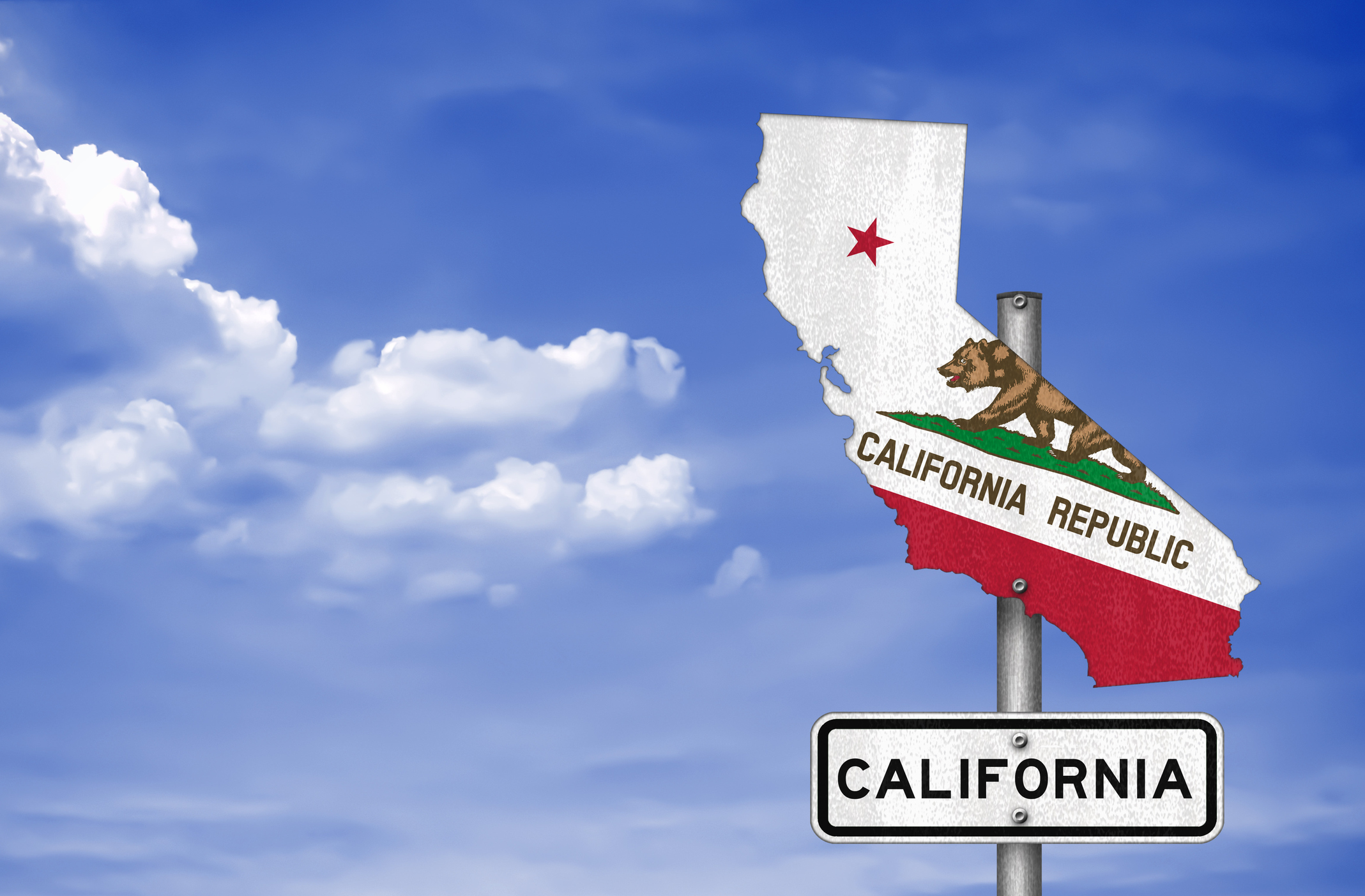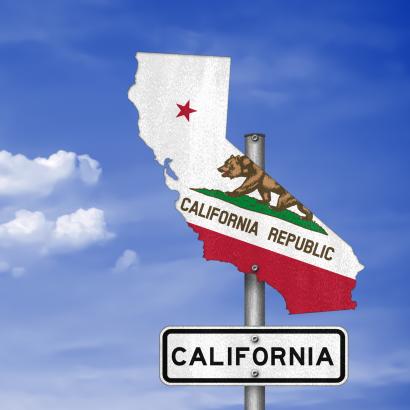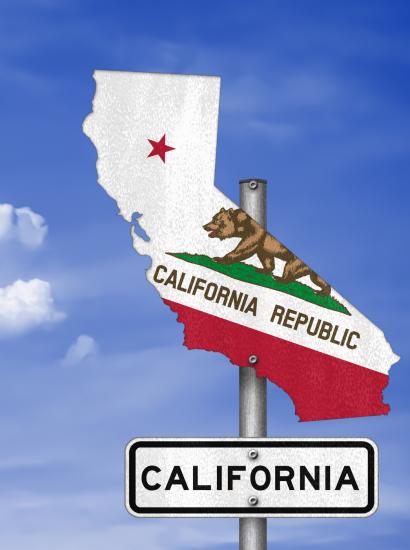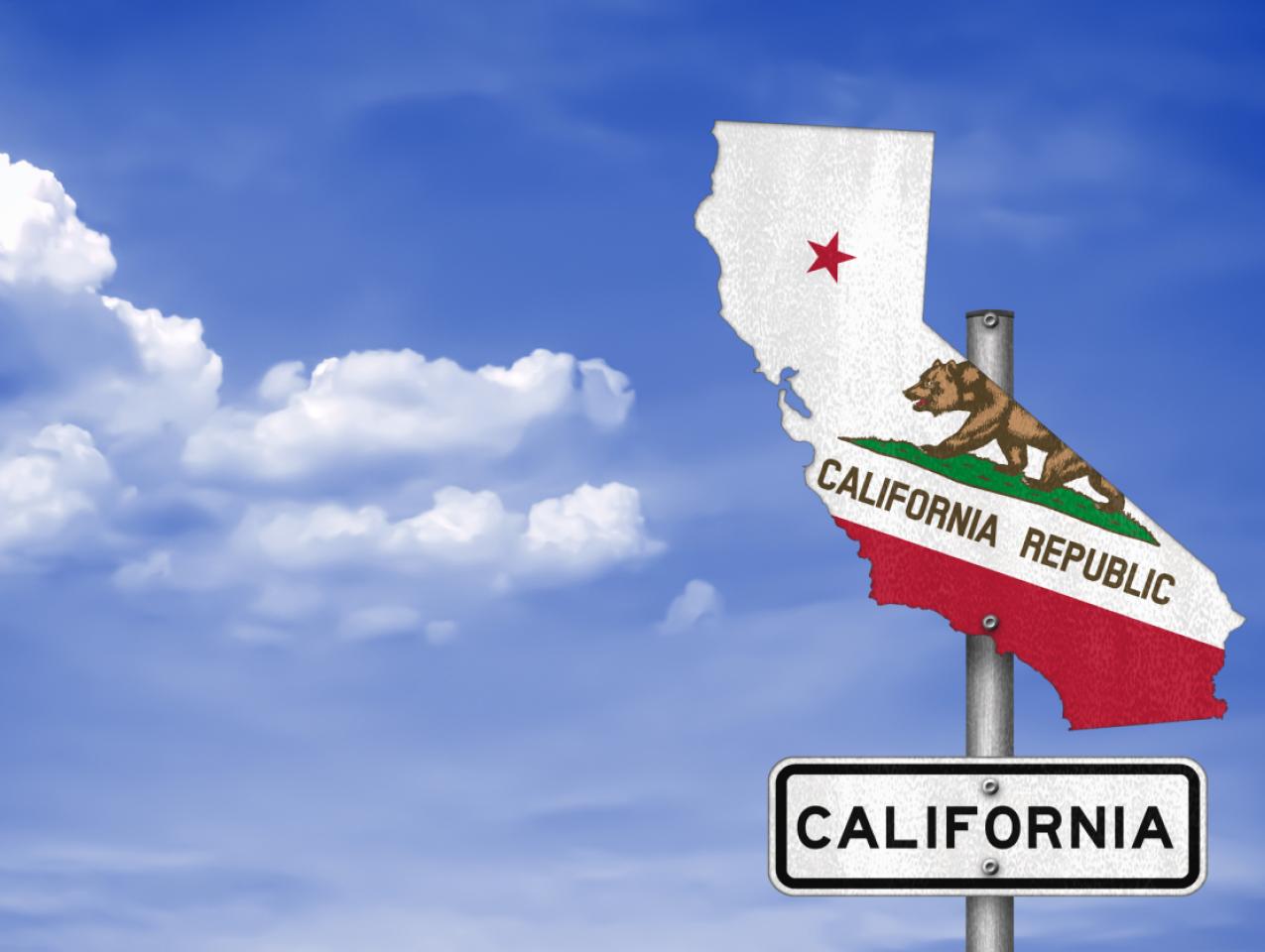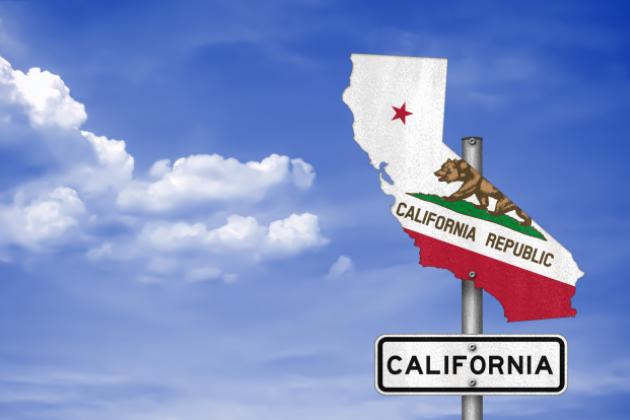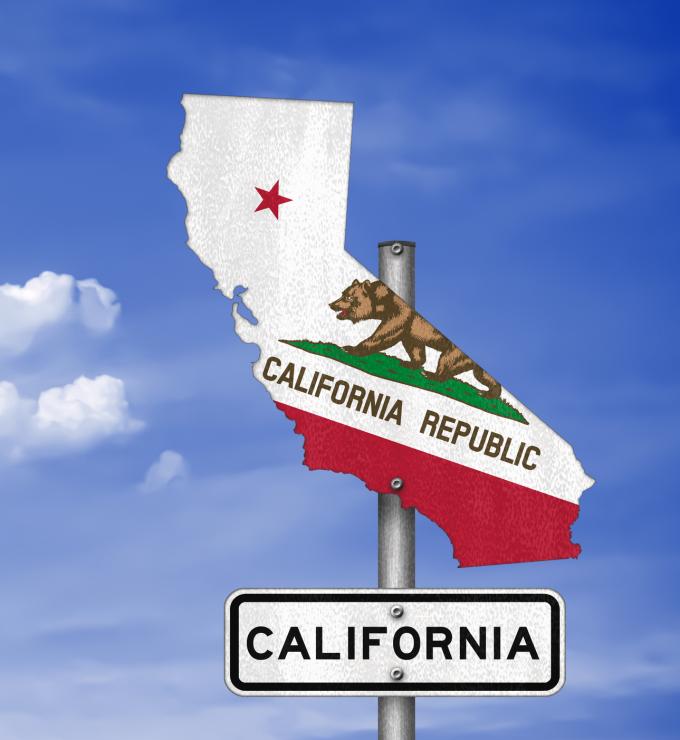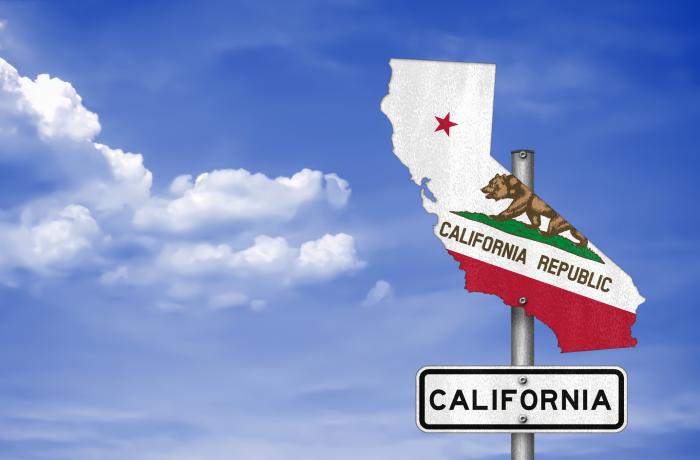- Politics, Institutions, and Public Opinion
- State & Local
- California
You have to dig deep into this Atlantic piece on the California governor’s facing a possible voter recall to find the passage, but here’s what caught my eye: “If [Gavin Newsom] hangs on . . . he’ll consider changing the law in order to make recalls harder, and have the reform take effect for governors who succeed him.”
There are other takeaways from the interview worth noting. As Newsom did when he ran for governor back in 2018 and spent significant time with a New Yorker correspondent, he seems determined to impress a publication that’s read more by the liberal intelligentsia than the rank-and-file voters who’ll decide his fate. There’s also virtue signaling (the Atlantic interview was done in a café in a nonprofit bookstore in San Francisco’s Mission District), some sloppy reporting (the author suggests Newsom’s four kids were stuck at home during the pandemic when in fact they returned to in-classroom instruction at a Sacramento private school last fall), plus the governor’s sloppy café manners (rather than cleaning up after himself, Newsom left behind a banana peel and a cup of coffee for someone else to dispose of).
But getting back to the notion of making the recall process “harder” (a concept discussed in this space last month), that means Newsom would have to tinker with Article II of California’s constitution—enacted over 110 years ago, it allows California voters to recall and remove elected officials and justices of the State Supreme Court from office.
If so, Newsom will have to tread gingerly—and choose his reform rationale wisely. Let’s suppose, hypothetically, that a reprieved Newsom tries the argument that the recall process is abused and overused. He’d have a point in this regard: six efforts to recall Newsom have been attempted in his nearly 32 months as governor (nine of California’s last 11 governors have been the subject of multiple recall petitions). Then again, five of those six anti-Newsom efforts failed. Of the 55 attempts to recall a California governor over the course of the past the 11 decades that the option was available, only twice did they make it to the ballot.
(If you’re further curious about California’s recall history, there have been 179 recall petitions since 1913, only 11 prompting an election. Voters have removed an incumbent six times: one governor, two Assembly members and three state senators.)
That said, Newsom would have a point about hyperpartisanship. Dating back to 2019 and a new administration in Sacramento, 15 recall efforts have been attempted against Newsom and other state officeholders. In the eight years prior to Newsom’s becoming California governor, when Jerry Brown served as the Golden State’s chief executive, only 10 recall efforts were directed (five of them in Brown’s direction).
In a better world, and assuming he survives September 14’s outcome, Newsom emerges from the political order humbled—not just offering lip service in next year’s State of the State Address but genuinely appreciating that there’s a negative public sentiment dating back to last fall.
And this second wish: if Newsom wants to alter California’s constitution, why not consider blowing up the entire document and starting from scratch with a 21st-century roadmap for state government, i.e., stage a constitutional convention?
The last time California considered going down this path was a dozen years ago—and, it’s worth noting, as a different Sacramento coped with a recession and a state government incapable of delivering budgets on time. The rationale then for a constitutional convention: that an ungovernable California should click control+alt+delete (command+option+escape for you Mac users) and reboot its government.
While talk of a constitutional convention had friends in high places—Arnold Schwarzenegger, winding down his reign as California’s 38th governor, liked the idea (“It’s like an intersection where people keep crashing into each other. We’re saying: ‘Hey, let’s stop. Let’s put up some new signs and stop this madness.’”)—the convention never came to be. Arnold was a lame-duck governor with diminished clout; a recovering economy and a change to the budget process (2010’s Proposition 25) soon made fiscal gridlock a thing of the past.
In the argument of 2022, California isn’t so much “ungovernable” as it is long overdue for an update. The Golden State’s last effort at redesigning a governmental framework was in the tail end of the 1870s. Since then, the design hasn’t been revisited as the constitution continued to be significantly altered (in addition to adding the recall and initiative processes in the early 1900s, there was also the establishment of a full-time state legislature—1966’s Proposition 1A—that began, ironically, at the same time a government skeptic by the name of Ronald Reagan was first elected governor).
So what kind of changes might a reform-minded California governor consider? A good place to start would be a report issued 25 years ago by the state’s Constitution Revision Commission (here’s the executive summary).
Among the recommendations:
- Have the governor and lieutenant governor run on the same ticket in a general election (a concept Newsom embraced when he was lieutenant governor and trying to be relevant in state affairs), with the governor granting his or her running mate executive branch responsibility.
- Rather than being elective offices, make the superintendent of public instruction, the state treasurer, and the state insurance commissioner gubernatorial appointments subject to legislative confirmation.
- Abolish California’s Board of Equalization, melding its functions and those of the Franchise Tax Board into a Department of Revenue.
- Replace the current annual budget process with a two-year budget (as is the practice in Texas).
- Prohibit California from borrowing from nongovernmental resources to finance deficits.
Granted, some of those idea won’t fly with California’s ruling class—the legislature, for example, wouldn’t care for a biennial budget process that might delay its access to revenue windfalls such as this year’s spending bonanza in the Golden State.
Then there’s the question: If we were to redesign California’s constitution, who’s willing to give ground?
Two voter-approved measures come to mind: 1978’s Proposition 13 and 1988’s Proposition 98. The former placed a cap on residential and commercial property tax assessments; the latter guarantees that at least 40% of the budgetary General Fund spending goes to education and can only be suspended by a two-thirds vote of the legislature.
In a convention tasked with redrafting a state constitution, the more liberal attendees likely would balk at any provision resembling the present form of Prop 13—and would certainly not include commercial property (the subject of last fall’s Proposition 15, which failed in its attempt to have California commercial and industrial property taxed based on market value rather than purchase price).
Meanwhile, right-leaning drafters might want to tinker with present-form Prop 98—say, giving lawmakers more wiggle room around the dictate in slow fiscal years (which the all-powerful California Teachers Association would fight to the death).
A likely outcome: even with a new constitution in place, California’s special interests would revisit the practices of the past 110 years and use the initiative process to alter the framework. Which means, for the constitutional reframers, considering whether to geld the California’s initiative process (in its history, of the more than 2,000 initiatives in California titled and summarized for circulation, nearly 75% failed to qualify for the ballot; of the 392 that qualified, 137 were approved by voters, including 39 constitutional amendments, 83 statute revisions and 14 constitutional amendments/statues).
Then again, tinkering with the initiative process might prompt a raft of bipartisan grievances as, depending on the election cycle and the topics at hand, it’s a playground for both the right and the left in California to pursue their pet causes.
Which goes to show that Gavin Newsom, in addition to picking his interviews carefully, has learned at least one lesson during his ten years in Sacramento: far better to chip away at the recall process—i.e., the tip of the constitutional iceberg—than to slam into a perilous object.







